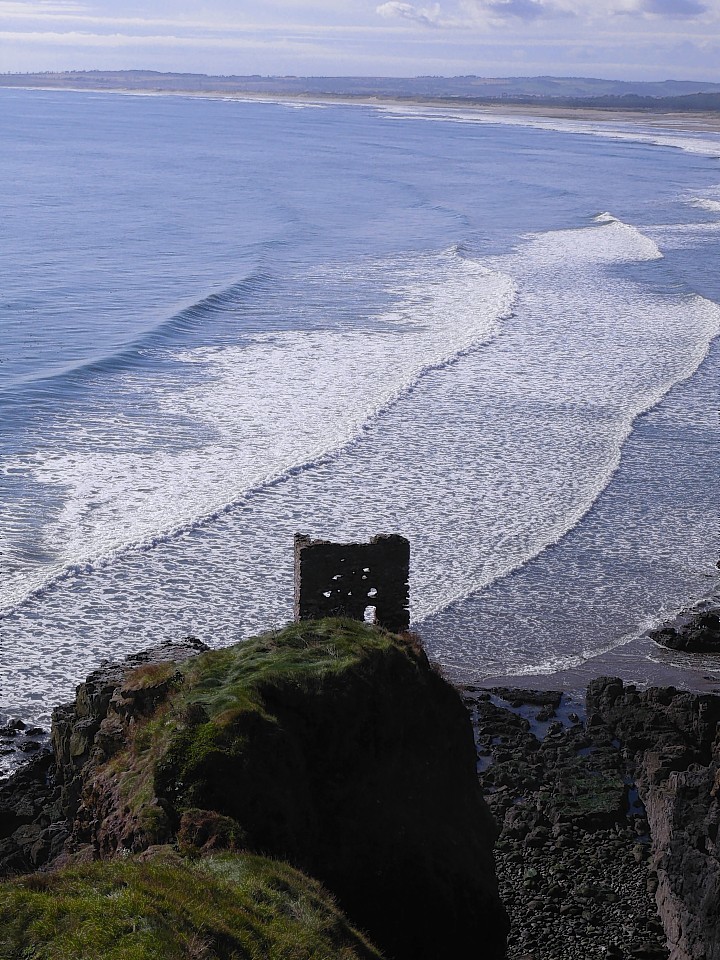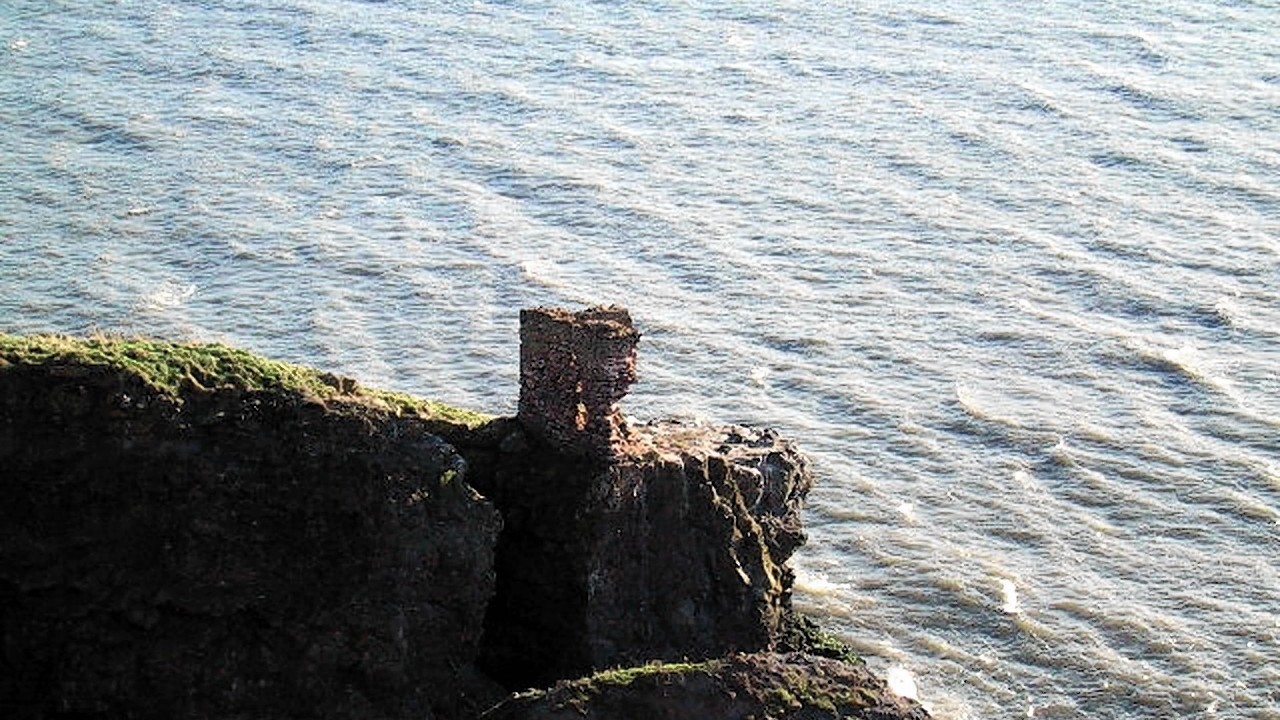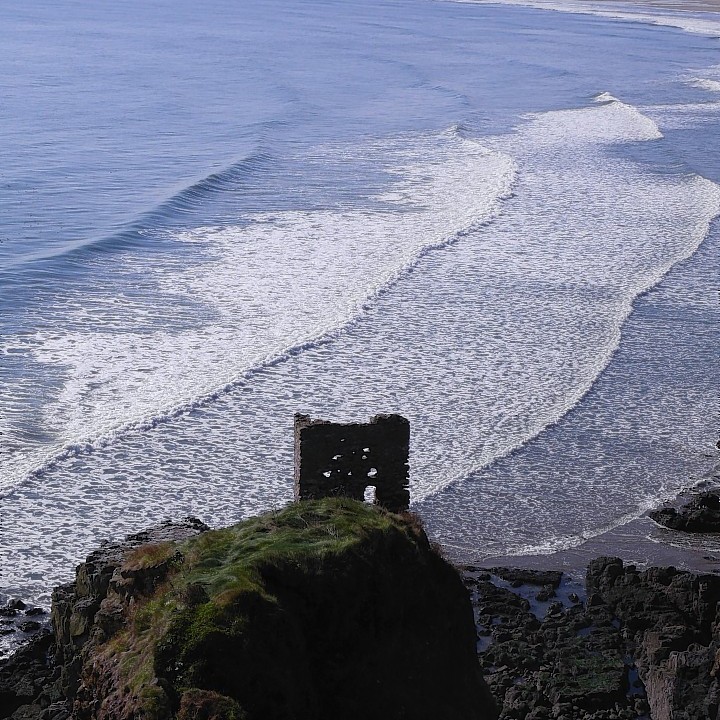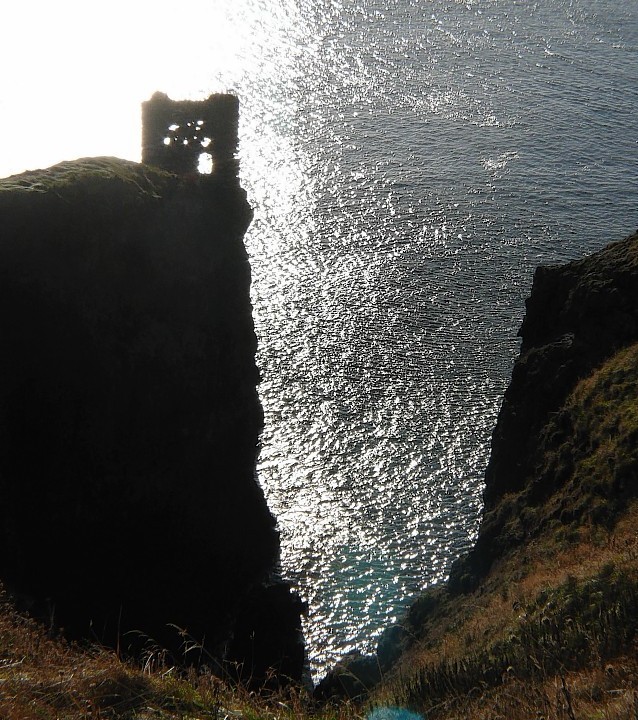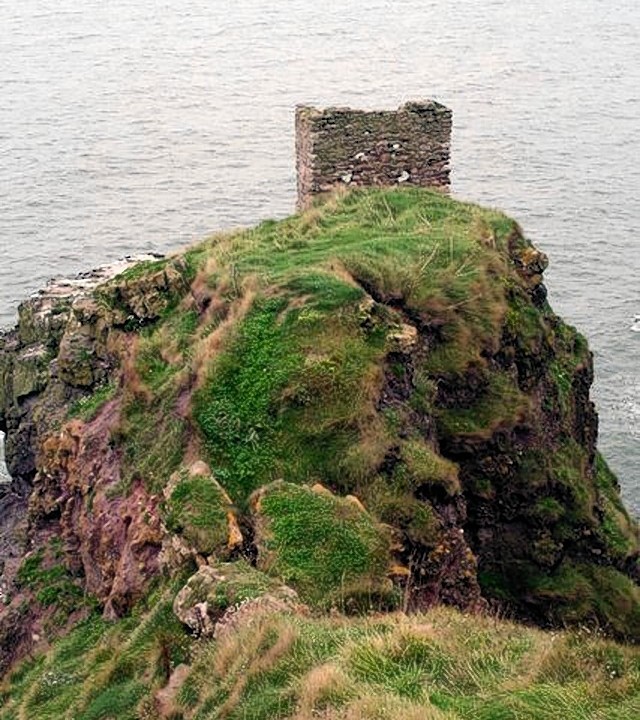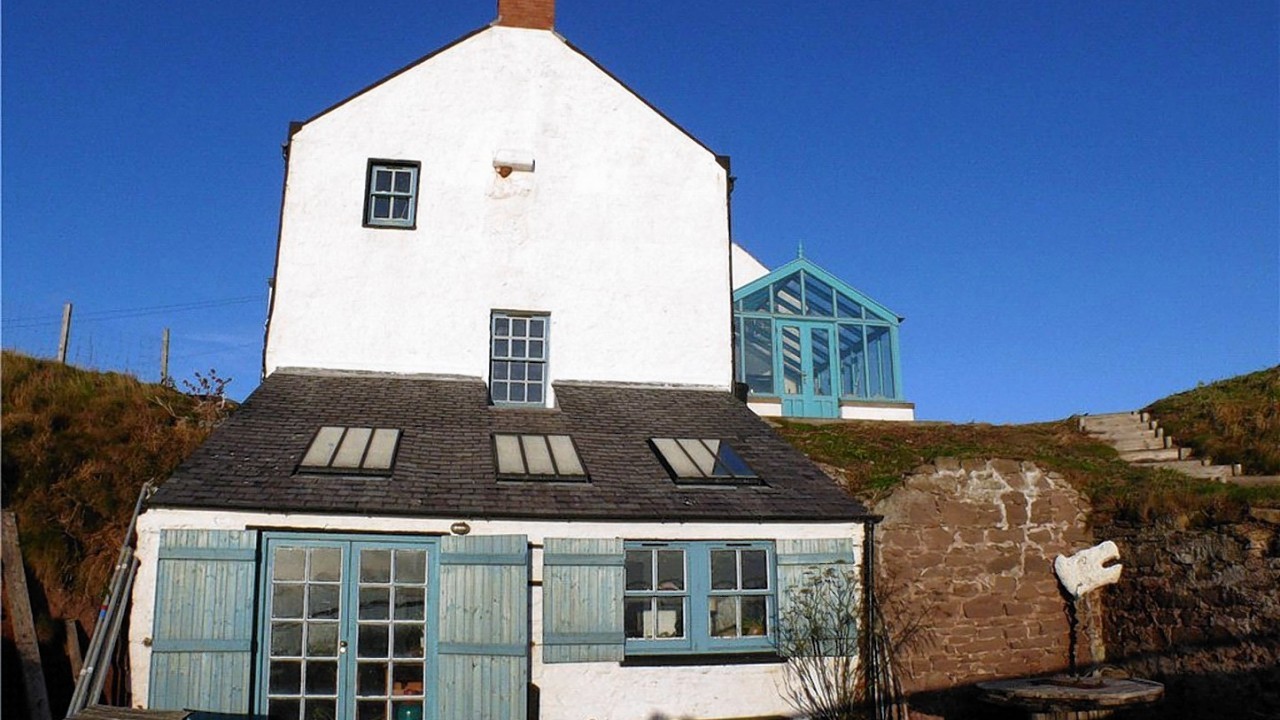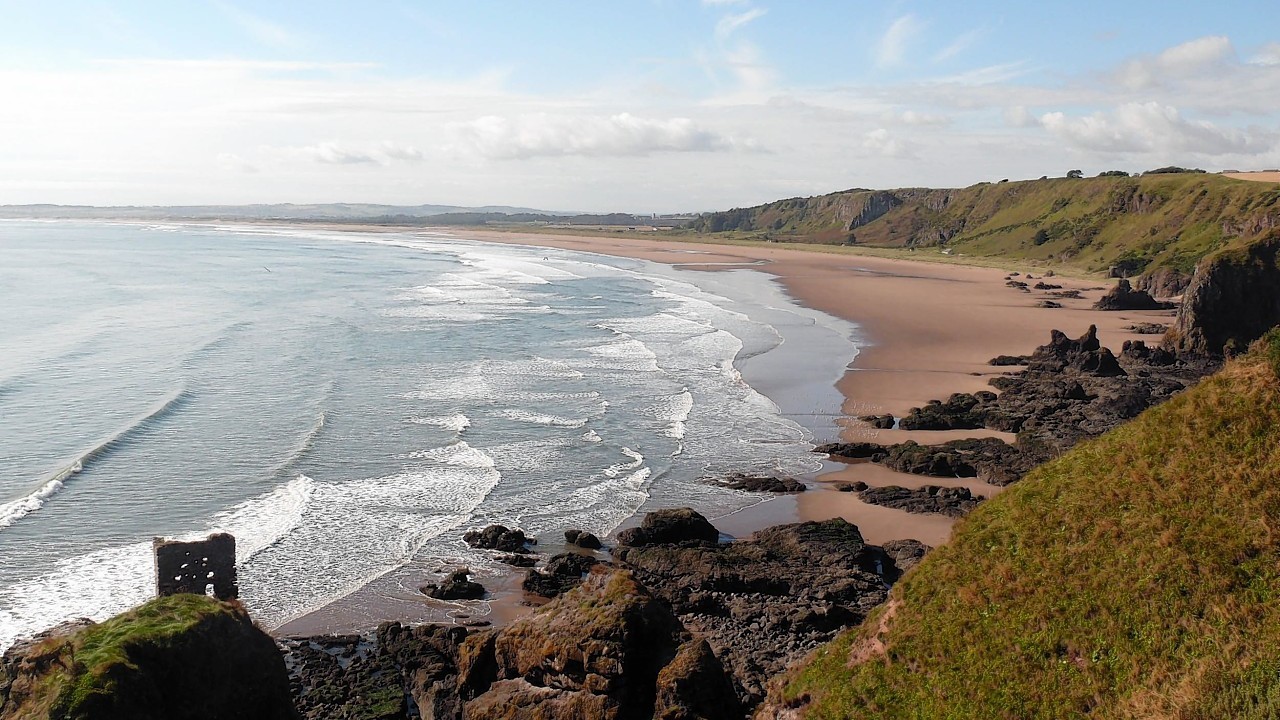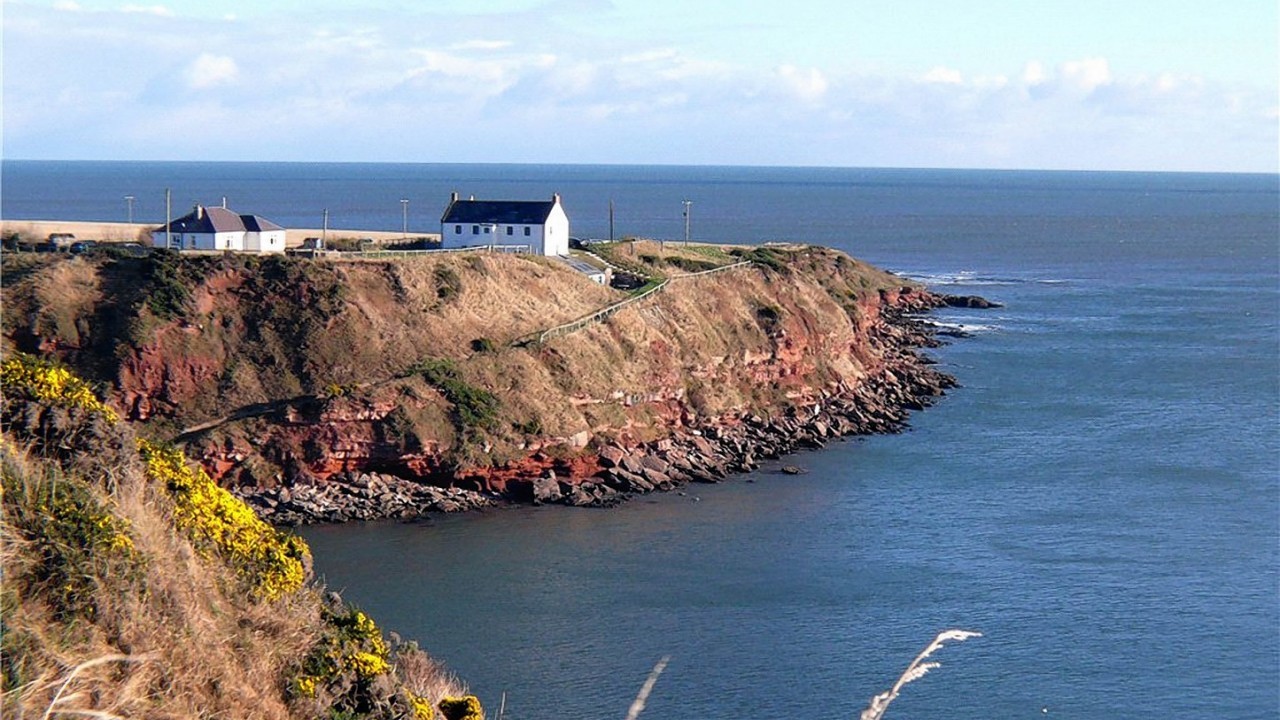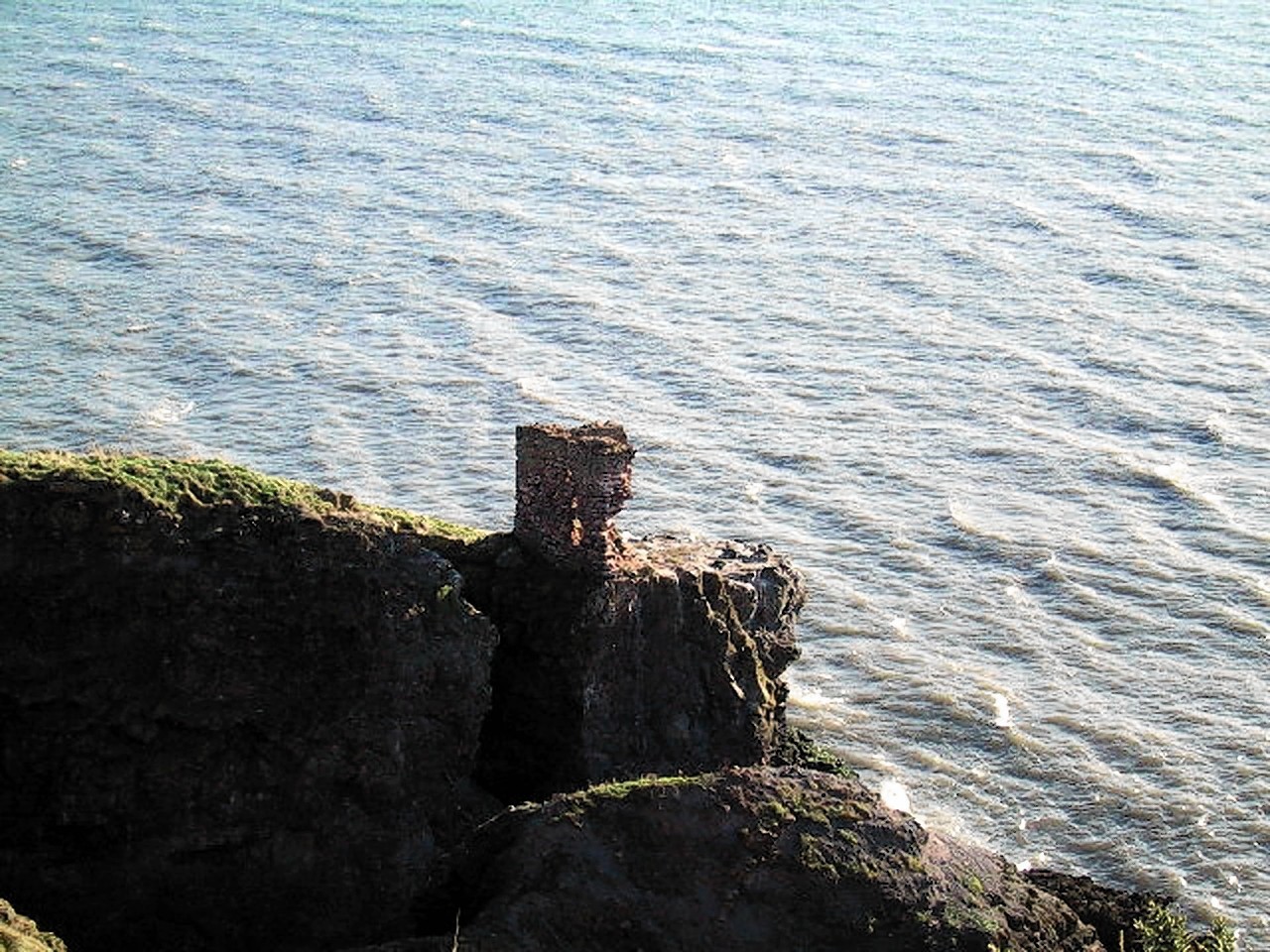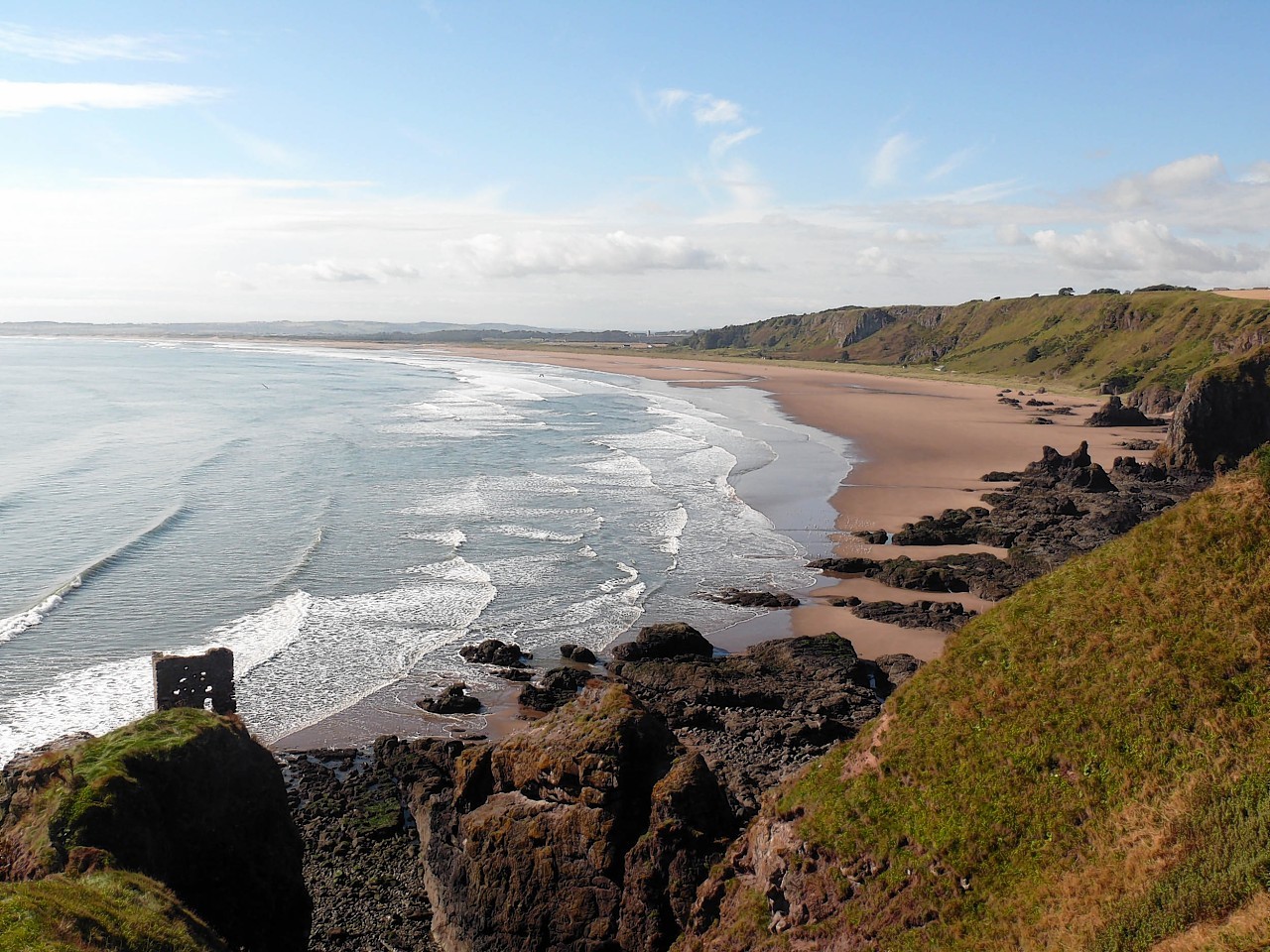The historic Aberdeenshire ruins of a cannibal’s castle have been put up for sale.
The stunning castle, which was owned by the the infamous 15th century Laird James Barclay, comes complete with Kaim of Mathers Castle, a beautifully renovated bungalow and a rather grisly history.
Perched precariously on the cliff edge the ruins are included in the nine acres of land that comes with the main property for a price of £725,000.
According to local legend the cannibal laird often complained to King James I of Scotland about the sheriff who was detested by local landowners.
It is said one day the king told him to “go and make soup of the sheriff” and “sup” him – a comment Barcley took literally.
According to ‘Portrait of a Parish’ by Duncan Fraser, Barcley and other lairds from the area tricked the sheriff into a day’s hunting before tipping him into a boiling cauldron.
One by one each lord “had a sup of the broth”.
When the King found out he denied any involvement in the brutal killing of the sheriff- denouncing those who took part.
He swore an oath that Barclay “would get no peace to live neither on land nor sea for the rest of his life”.
The cannibal laird spent the rest of his life at Kaim of Mathers “poised between the land and sea on a cliff top near St Cyrus”.
The piece of Scottish history is now available for less than the price of many family home in London.
The stunning ruin with the ghoulish history comes with a fully resorted former fishing station and has been put on the market by agent Strutt and Parker.
The buyers brochure states: “Rock Hall Fishing Station and Bungalow was bought as a ruin in 1998, it was comprehensively restored and turned into a family home by current owners Andrew and Annie Hamilton.
“Dating from around the late 18th century, Rock Hall was run as a salmon fishing station for around 200 years.
“Built into a hollow at the top of the cliffs, Rock Hall has been transformed from a working station with skipper’s quarters, net store, two crewmen’s bothies and a vaulted ice house into one large five-bedroom family home.”
Despite his gruesome reputation Laird Bracley isn’t Scotland’s most prolific cannibal.
Alexander ‘Sawney’ Bean – the semi-mythical head of a 48-member Scottish clan in the 16th Century – is said to have killed and eaten more than 1,000 people.
Originally from East Lothian Alexander ‘Sawney’ Bean and his partner spent 25 years secretly living in a coast cave near Girvan.
Is is said the couple had eight sons, six daughters, eighteen grandsons and fourteen granddaughters. Eventually the cannibal clan was discovered following a manhunt with a team of 400 men and several bloodhounds.
When the cave was discovered it was scattered with the remains of their many victims.
